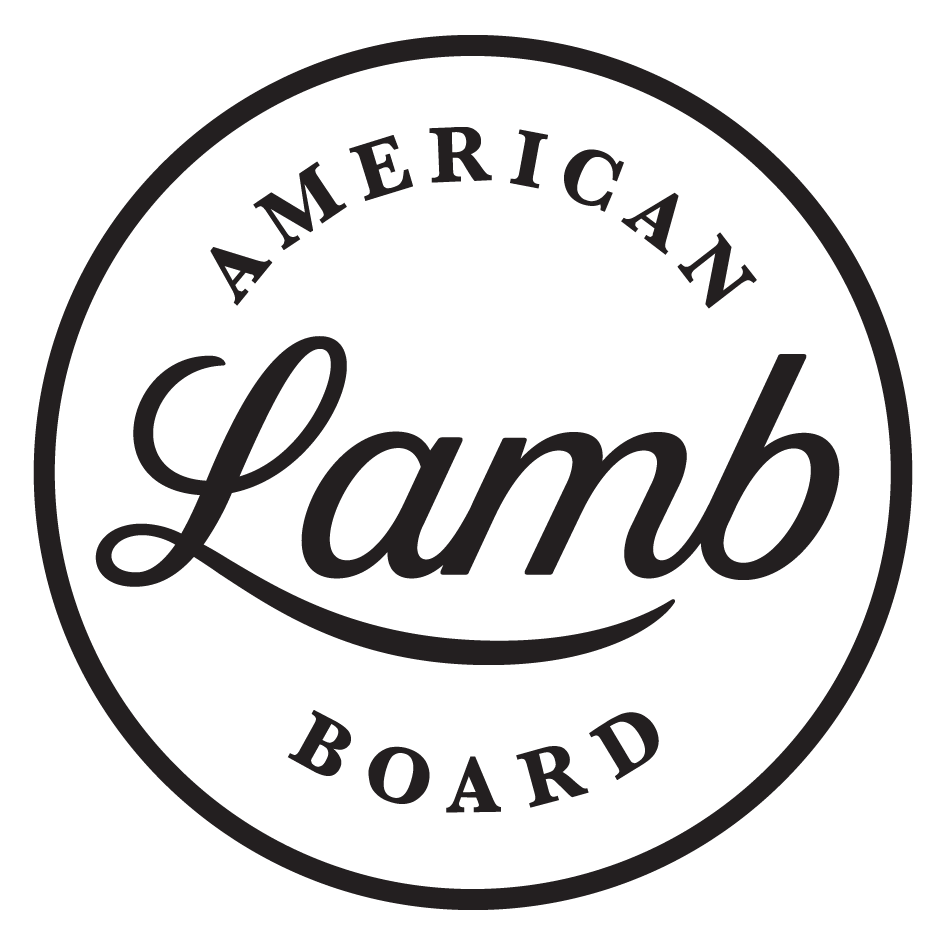American Lamb Board
Climate Smart Sheep
Sustainability is a top priority for the American Lamb Board (ALB). There is an increased interest in where food comes from, how it was raised, and how meat production impacts the environment. Our retail and foodservices customers and our consumers care about sustainability, and it has become part of the purchase decision process. It is critically important for the U.S. sheep industry to demonstrate to the public that we are committed to enhancing environmental stewardship, and to providing grazing services that have positive impacts on the environment and our communities.
ALB hired a Sustainability Director and funded several new sustainability projects to promote the sheep industry’s commitment to sustainability, and to quantify and improve the industry’s environmental impacts. ALB is working with Michigan State University (MSU) to evaluate the sheep industry’s environmental footprint including emissions estimates and to develop mitigation strategies and an emissions calculator.
ALB also received a USDA Climate-Smart Commodities Grant to quantify the impacts of targeted sheep grazing in four pilot areas including a solar grazing site. In year one, ALB will be working with multiple universities to measure and report carbon sequestration, soil health, and other associated benefits and ecosystem services provided by prescribed sheep grazing in CA, TX, MT, and NC. The climate benefits of sheep grazing on these sites will be compared with the associated livestock emissions using the MSU model for evaluating the operation’s environmental footprint.
The grant also provides an opportunity for 150 sheep producers to enroll in the program to amplify the climate smart sheep practices and environmental data and metrics beyond the four pilot grazing sites. Each enrolled producer will work with a Technical Assistance (TA) Provider to establish operational plans, implement recommended changes and organize farm data that will be needed to estimate emissions. Producers enrolled in the program will be paid up to $7,000 to develop and implement climate-smart sheep management practices, and to measure and report emissions/LCA.The enrollment application will be live on September 1, 2024. Producers will be notified by December 15, 2024 if they have been accepted and the program will begin January 1, 2025. Producers will receive one-third of the payment upon completion of the contract and the remaining two-thirds once the TA validates that all implementation requirements have been met. The review committee will select producer applicants based on factors such as geographic location, and type and size of operation. In addition, half of the selected participants will be small and/or historically underserved producers.
Questions?
For more information about Climate Smart Grants, contact ALB' sustainability director, Camren Maierle, PhD.
Producer Eligibility:
In order to be eligible for the payment, a producer must:
Establish Farm Records with the USDA Farm Service Agency
Complete an AD-2047 (Customer Data Worksheet to facilitate the collection of customer data for Business Partner Record)
Certify highly erodible land conservation and wetland conservation via Form AD-1026
Certify that they are not a foreign person
Certify that they are not receiving funds for the same practices on the same acreage from other government programs such as EQIP
Agree to share farm data to calculate emissions, and to calculate carbon sequestration associated with implemented climate-smart management practices
Applicants that qualify as small or underserved will be given priority. Underserved producers include beginning farmers, socially disadvantaged farmers, veteran farmers, limited resource farmers, and women farmers. Small farms are generally those with less than $350,000 in annual gross cash farm income.
Anticipated Program Elements:
Step 1
Work with TA Provider to set up a farm plan and organize farm data:
Document current farm operations, such as:
Grazing/cropping practices
Manure management
Number of animals/productivity
Days in housing
Purchased feed
Soil applications
Fuel
Determine climate-smart practices to be implemented:
Prescribed grazing (NRCS practice 528)
Cover crop plantings (NRCS practice 340)
Range planting (NRCS practice 550)
Tree or shrub establishment (NRCS practice 612)
Silvopasture (NRCS practice 381)
Cross-fencing (NRCS practice 382)
Brush management (NRCS practice 314)
Pest management conservation system, for grazing control of weeds (NRCS practice 595)
Step 2
Implement any recommended mitigation strategies/best practices
Step 3
Provide info to Research Team to complete Emissions Calculator and COMET-Planner associated with your farm and climate-smart practices.
Step 4
Provide info to Research Team to identify and quantify the value of ecosystem services associated with your farm and climate-smart practices, such as:
Biodiversity
Watershed protection
Removal of invasive weeds
Landscape services
Fire mitigation
Soil carbon sequestration
Step 5
Complete self-monitoring form, including before and after photos of implemented practices
Step 6
Complete on-site verification of implemented practices with technical assistance provider
For more information contact Camren@americanlamb.com



